The Evolution of ESP to AI: Unraveling the Threads of Perception Beyond Sight
- Franco Arteseros
- Jul 29
- 3 min read
In a world captivated by scientific discovery and technological progress, the idea of Extrasensory Perception (ESP) remains both captivating and mysterious. This post takes you on an enlightening journey from the beginnings of ESP to its surprising link with artificial intelligence (AI). We will see how ESP has shifted from the mysterious to the realm of data algorithms, shedding light on the complexity of our perceptions.
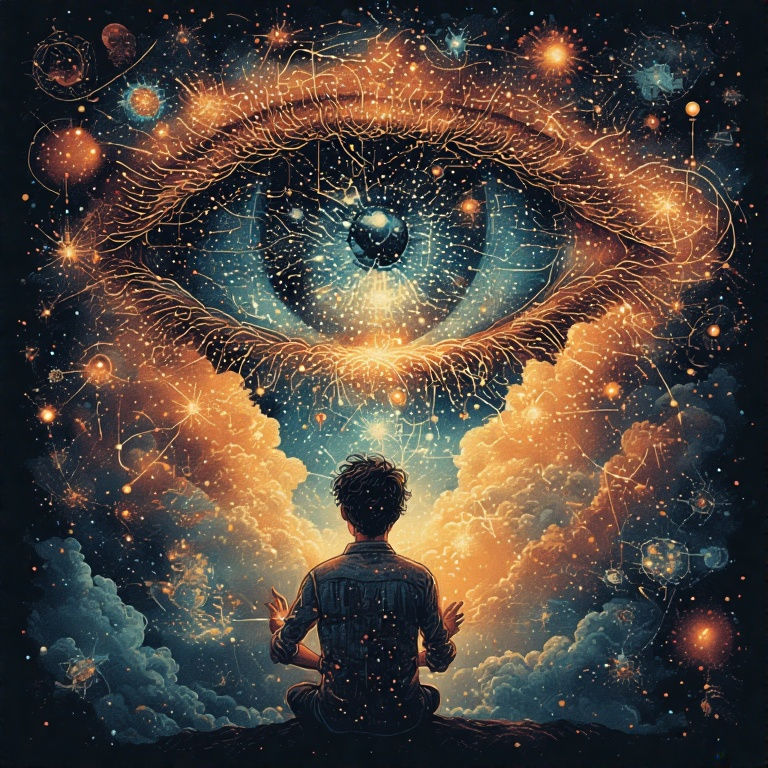
Ancient Origins of ESP

The roots of ESP trace back to ancient shamans in pre-Roman Iberia. These practitioners blended spirituality with the sacred, viewing “perception beyond sight” as a shared experience. For instance, shamans from the region embraced intuition, creating rituals that fostered a collective awareness, essential to their identities.
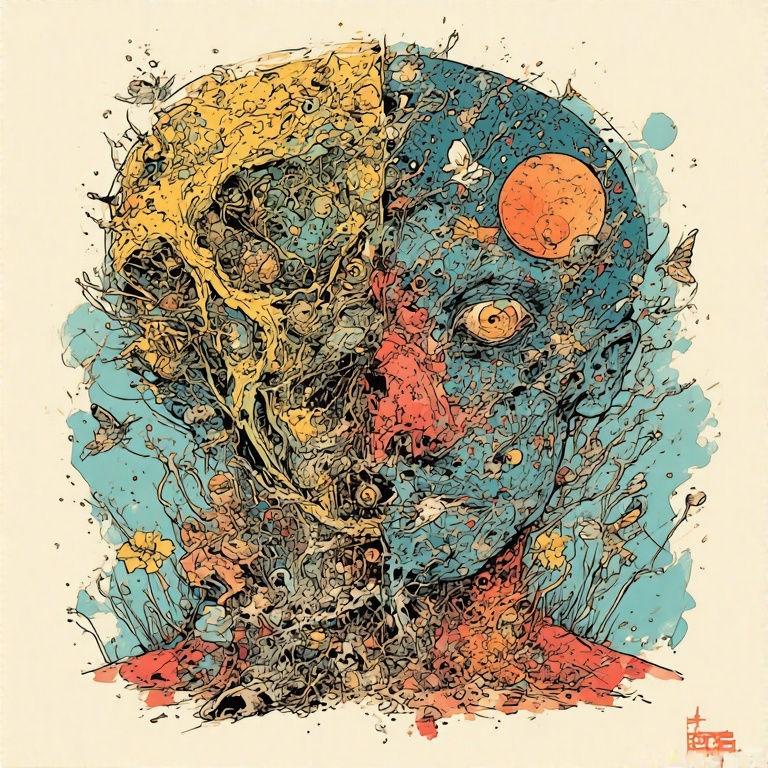
In Robledo de Chavela, folk tales spoke of individuals who could anticipate events or grasp the feelings of others, showcasing a shared belief in inherent intuition. Communities would gather to participate in ceremonies that celebrated the unknown, such as seasonal festivals marked by chanting and storytelling, reinforcing their connection to a universe filled with mysteries.
Scientific Exploration in the 19th and 20th Centuries
As we moved into the modern era, scientific inquiry began to push the edges of human perception. The 19th century saw the rise of mesmerism, which laid the groundwork for exploring altered states of consciousness. Theosophy emerged, merging spiritual and esoteric ideas that aimed to uncover realities beyond what can be seen.
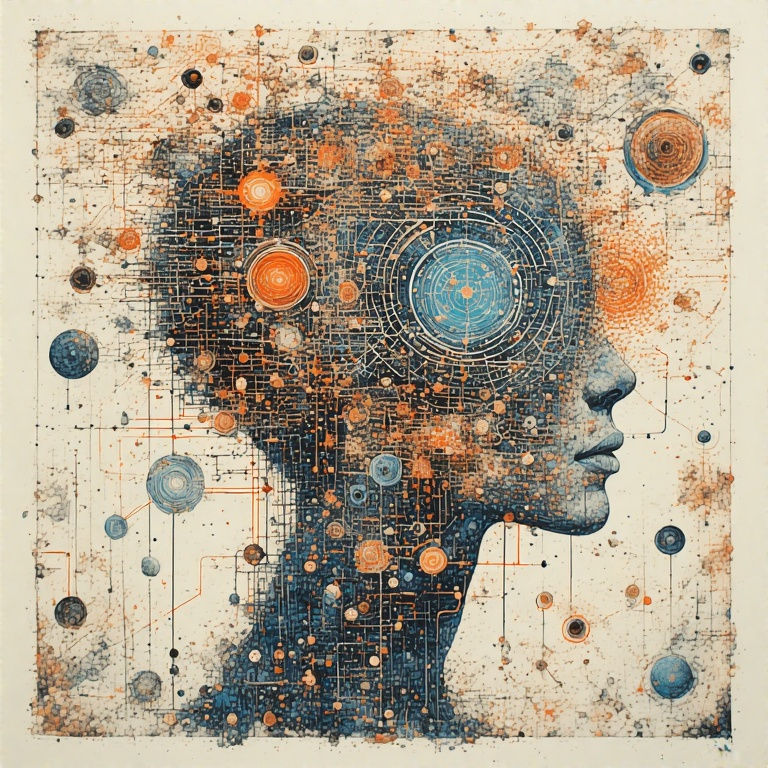
A significant development occurred in the 1930s with J.B. Rhine's experiments at Duke University. Through the use of Zener cards, he sought to test for clairvoyance in a structured manner. His results sparked serious discussion, leading to both skepticism and belief in ESP's existence. Consider this: Rhine's research yielded success rates hinting at a 20% occurrence of ESP in the participants he studied, which was notably higher than chance.

Even in an age driven by rationality, the allure of ESP persists. This fascination can be attributed to our inherent curiosity and desire for deeper connections. Intuition frequently merges with subconscious pattern recognition, creating a space where we reconsider how we understand experiences that go beyond our five senses.
The Intersection of ESP and AI
Let’s explore the fascinating overlap between ESP and artificial intelligence.
Consider recommendation systems on streaming services, where data-driven insights seem to predict what you want to watch next. For instance, platforms like Netflix use algorithms that analyze viewer habits, resulting in a 75% accuracy in suggesting films or shows aligned with individual tastes. In e-commerce, Amazon's recommendation systems reportedly account for 35% of their total sales.
However, can AI genuinely “sense” emotional depth as a psychic might perceive it? The answer is complicated. While AI excels at spotting trends in data, it lacks the nuanced understanding of human emotions that comes from lived experience. Human intuition is deeply influenced by culture, context, and personal history, elements that algorithms often overlook. Thus, as we navigate this new landscape, we must question whether algorithms can truly replicate the essence of what was once considered extrasensory.
The Role of Storytelling in Bridging Folklore and Technology
In examining the transition of ESP into the age of AI, the significance of storytelling stands out. Folklore holds a wealth of narratives that resonate throughout generations, helping us connect ancient beliefs with today's experiences.
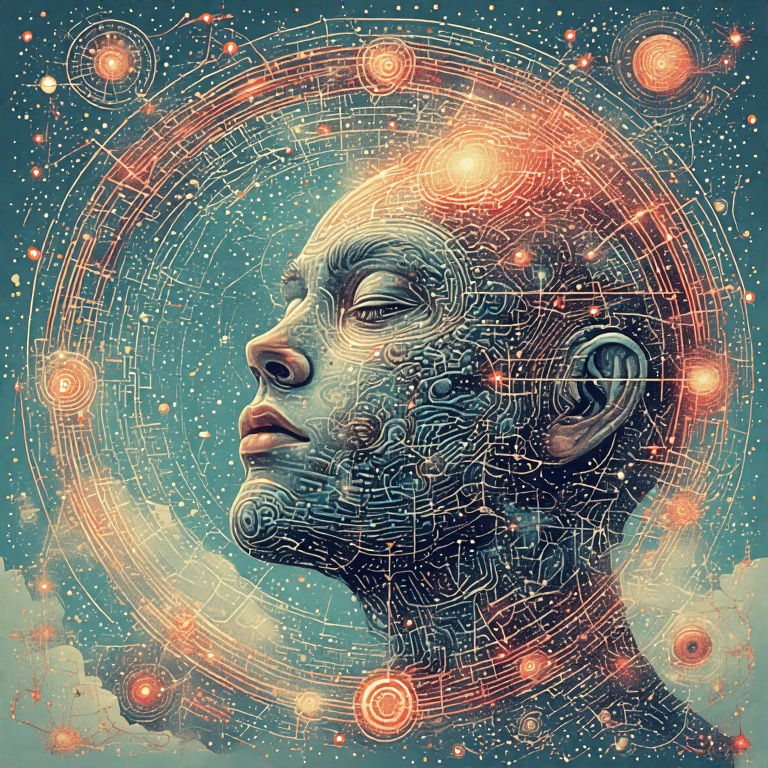
Take Talavera ceramics, for example. These artistic creations tell stories steeped in tradition and culture, representing a blend of artistic expression and ancestral history. Similarly, in narratives like El Eco de Dos Mundos, the character uses intuition guided by a virtual “spirit guide,” effectively merging technology's capabilities with the mystical essence of storytelling.

By weaving these modern legends, whether through the lens of technology or traditional narratives, we unlock new avenues for understanding our reality. Although algorithms can predict with impressive precision, our quests for meaning and insight remain anchored in our cultural narratives, thriving when paired with the richness of human experience.
Reflecting on Our Journey
The transformation of ESP from ancient beliefs to contemporary AI offers a remarkable look at our understanding of consciousness. By reflecting on historical practices and recognizing today's technological advancements, we unveil connections that have transcended time.
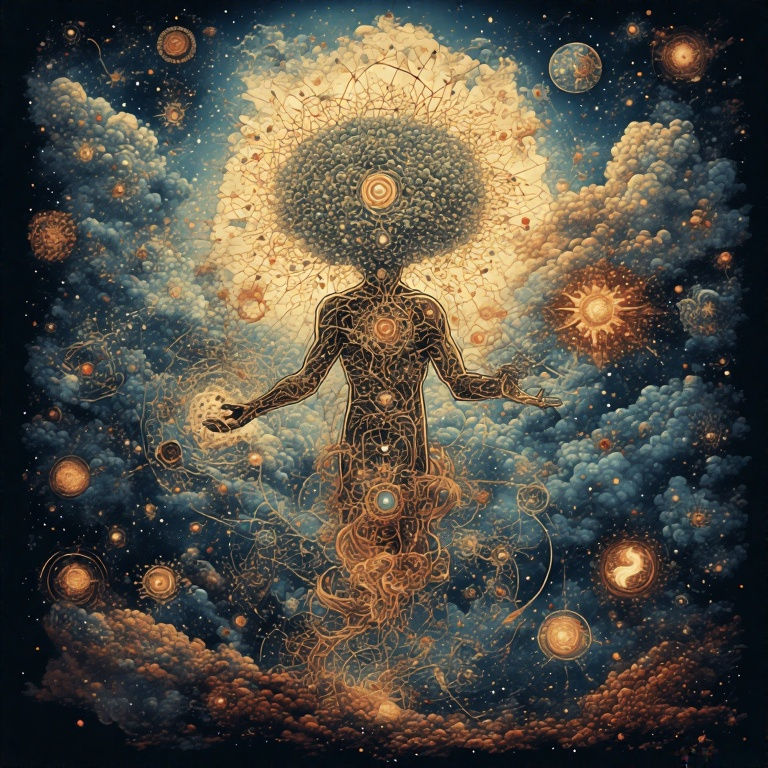
ESP may have originated from mystical traditions, but it now intertwines seamlessly with AI, inviting us to rethink what knowledge and intuition really mean. As we find ourselves at this crossroads, we celebrate the shared human experiences that bind us together and the stories that continue to influence our journey.

What new narratives will we create? How can we merge the ancient with the modern, allowing technology to enhance our understanding of the mysteries beyond our immediate perception? This exploration reminds us that the essence of perception is shaped by both the questions we pose and the answers we seek.
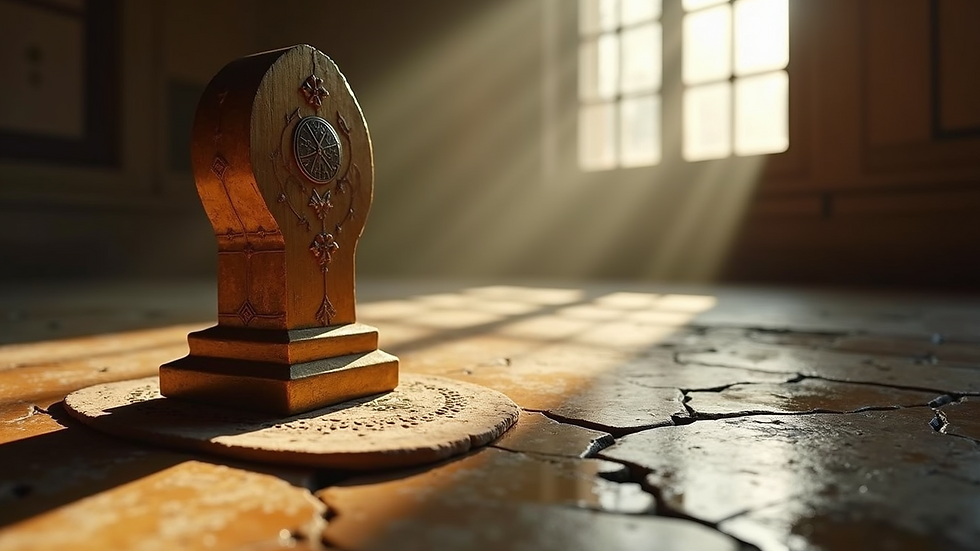
Franco Arteseros...














Comments